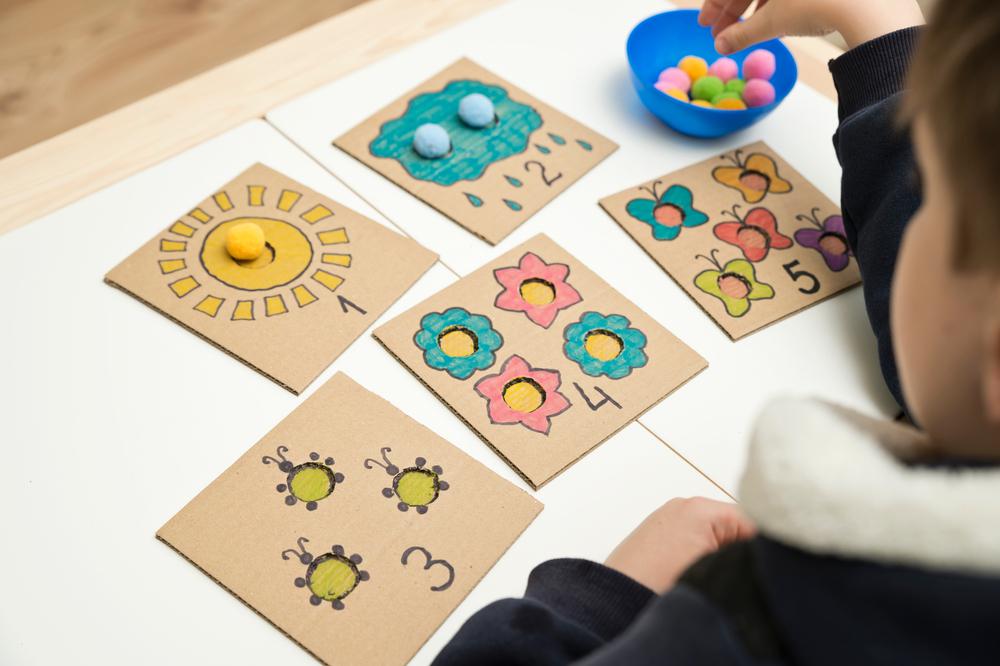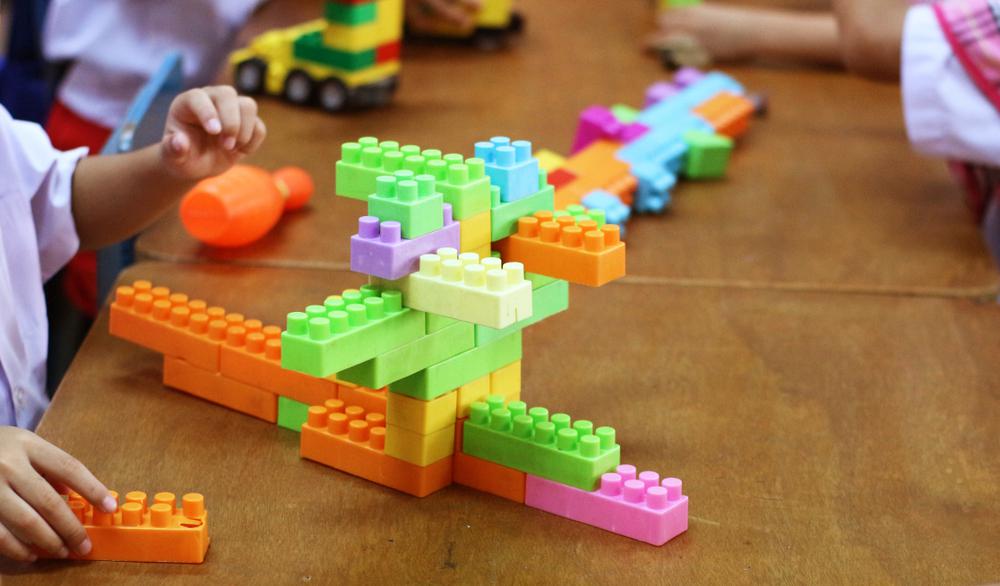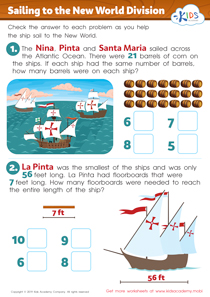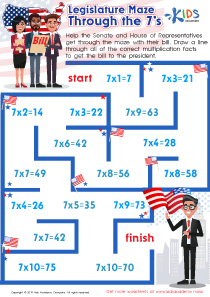Shape Recognition Normal Social Studies Worksheets for Ages 3-7
4 filtered results
-
From - To
Explore our engaging Shape Recognition Normal Social Studies Worksheets designed exclusively for children aged 3-7! These worksheets provide young learners with a fun and interactive way to discover basic shapes while enhancing their social studies skills. Each activity encourages shape identification through vibrant illustrations, real-life examples, and hands-on tasks, allowing kids to connect shapes to their environment. Perfect for both home and classroom use, our thoughtfully crafted worksheets promote critical thinking, fine motor skills, and creativity. Empower your child's learning journey and help them build a strong foundation in shape recognition with our enjoyable and educational resources today!
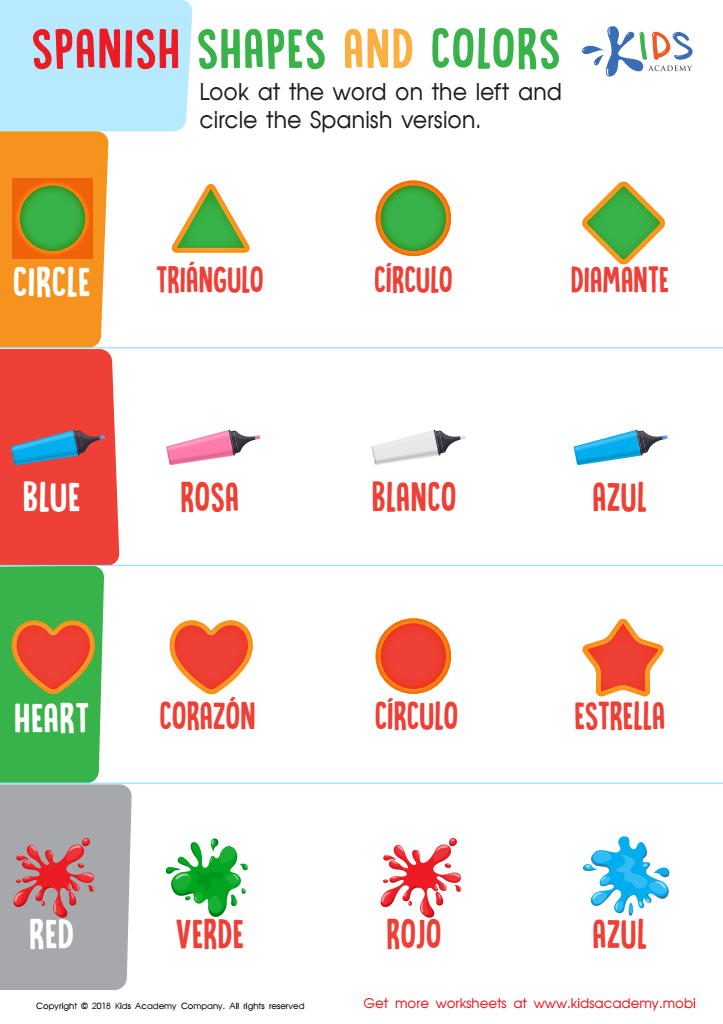

Spanish Shapes and Colors Worksheet
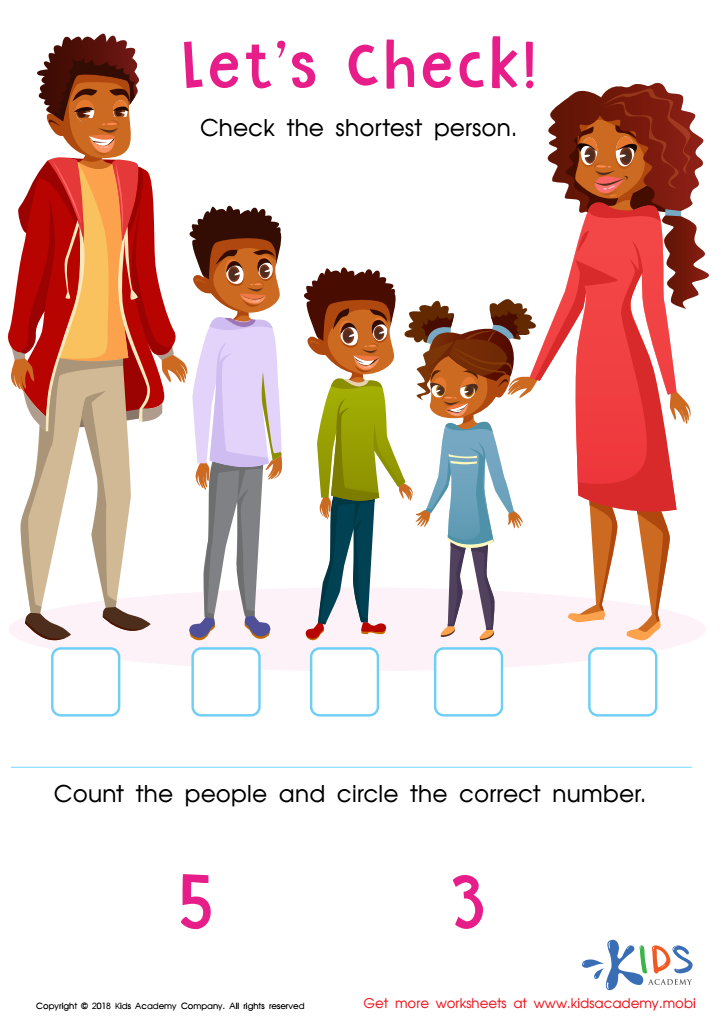

Let's Check! Assessment Worksheet
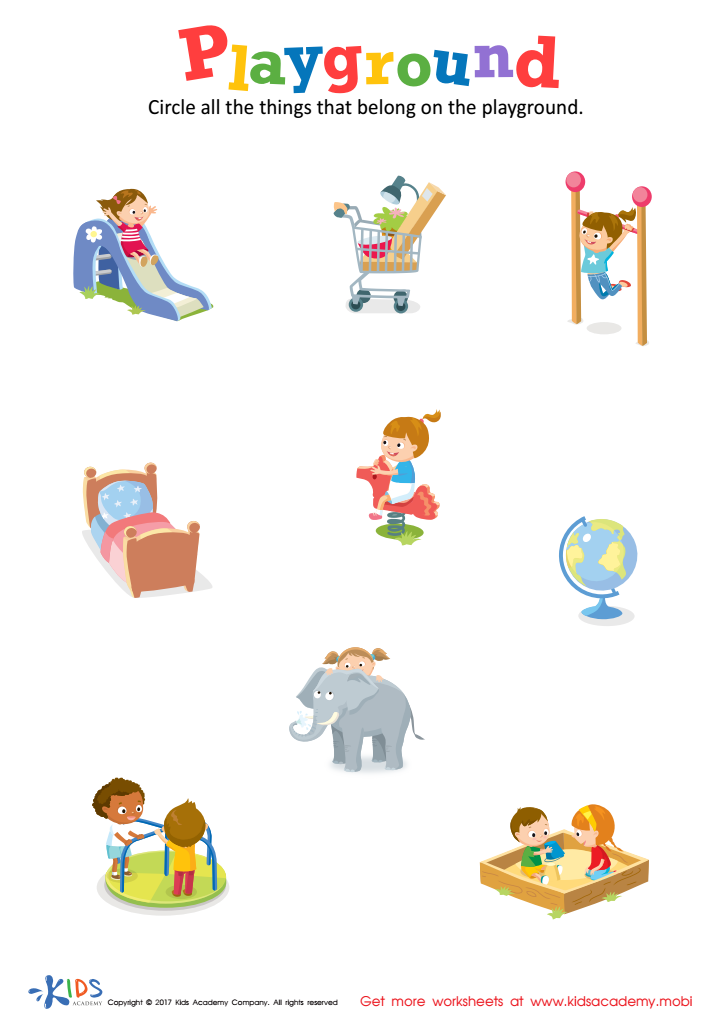

Playground Worksheet
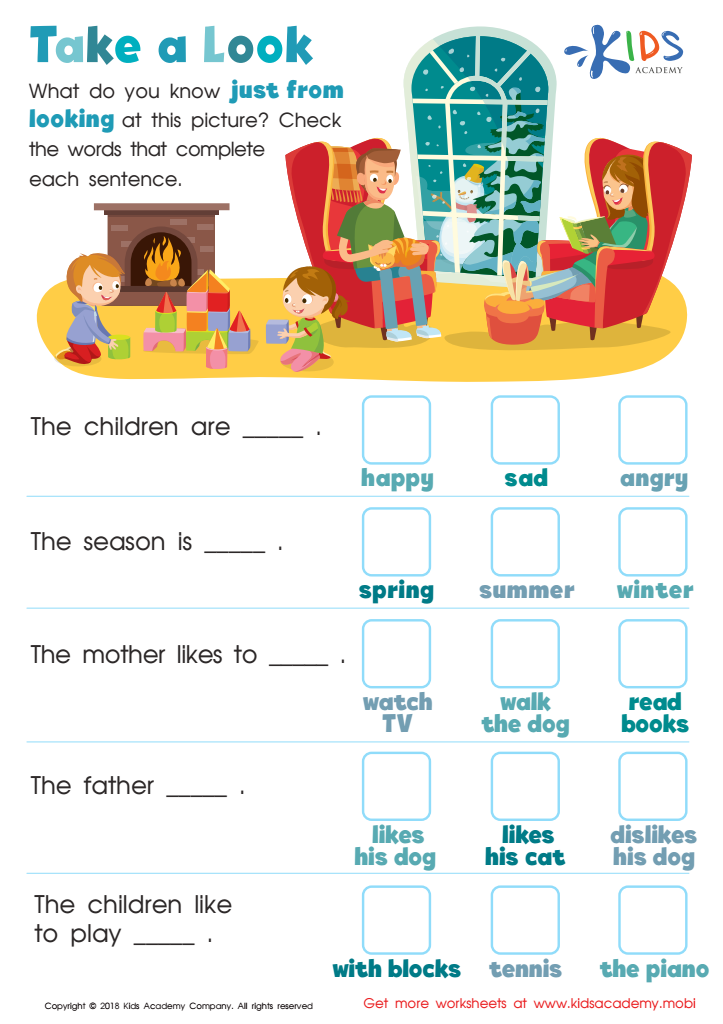

Take a Look - Part 1 Worksheet
Shape recognition is a fundamental building block of early childhood education, particularly within Social Studies for children aged 3-7. Parents and teachers should prioritize this skill as it serves multiple developmental purposes. First, shape recognition enhances cognitive development by helping children understand spatial relationships and form basic mathematical concepts. Children who can identify and differentiate shapes are also laying the groundwork for future skills in pattern recognition, problem-solving, and logic.
Second, shape recognition aids in social and emotional development. Through interactive activities that involve shapes—such as building, sorting, and creating—they foster collaboration and communication among peers. Children learn to share ideas, negotiate roles, and work together to achieve common goals, thereby enhancing their social skills and self-confidence.
Moreover, teaching shape recognition within a Social Studies context allows children to connect their environment to the shapes they encounter daily. By recognizing shapes in their community—from traffic signs to buildings—they develop a sense of belonging and a better understanding of the world around them.
Ultimately, incorporating shape recognition into learning prepares children for future academic success while also enriching their social experiences. Engaging children with shapes at this age nurtures critical skills that they will continue to build upon as they grow.
 Assign to My Students
Assign to My Students



